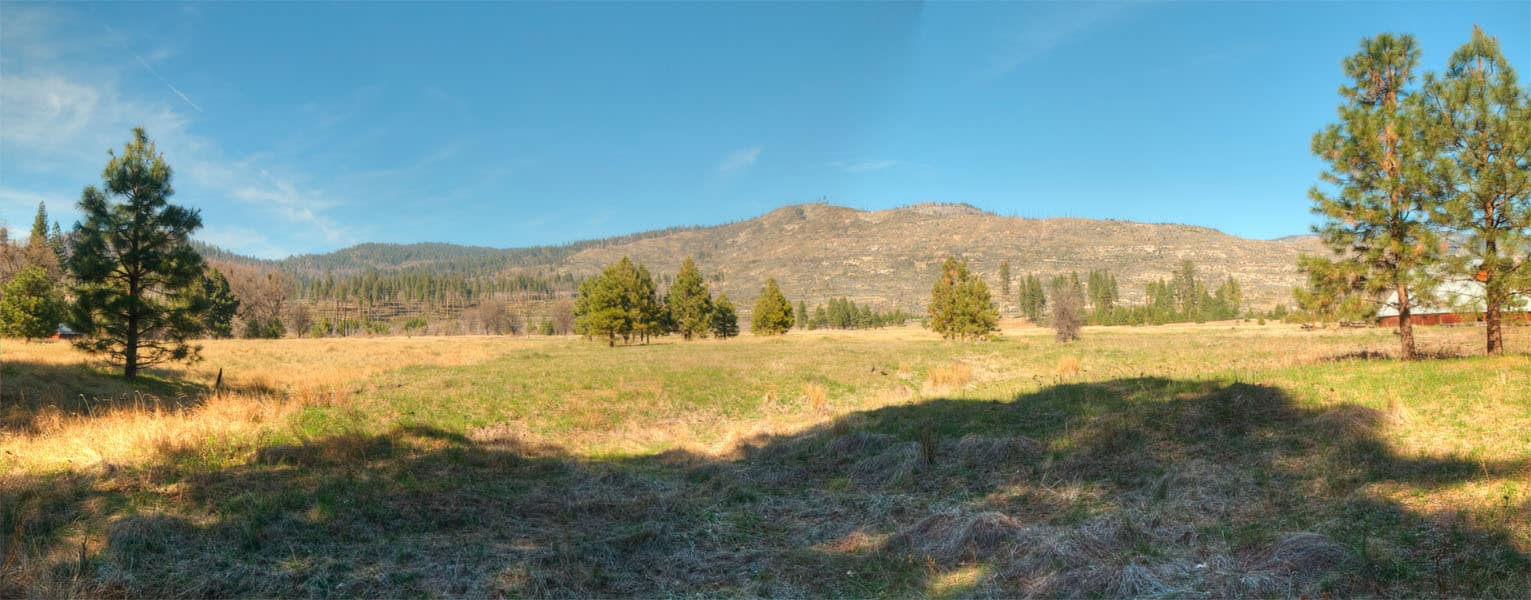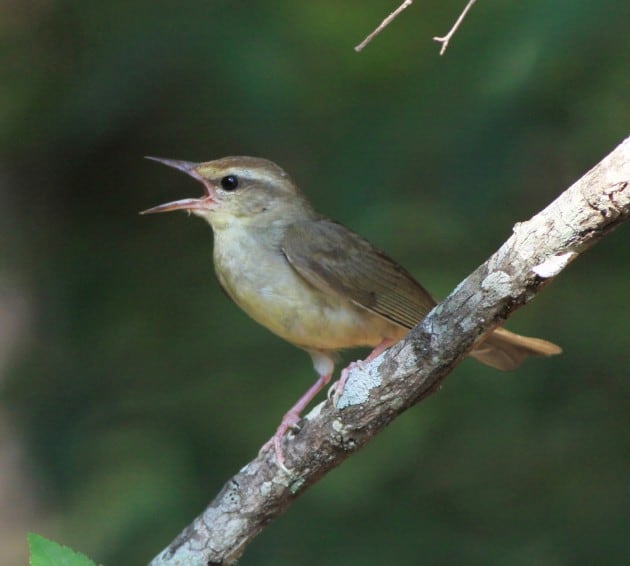
With all the partisan mud-slinging of the past months, it’s nice to have your delegation all together.
The story is that folks in D controlled (Hickenlooper) state of Colorado have been working assiduously to avoid listing.
Here’s the Denver Post editorial:
OPINION
Gunnison sage grouse listing snubs local efforts
By The Denver Post Editorial Board
It’s unfortunate the U.S. Fish & Wildlife Service felt obliged to list the Gunnison sage grouse this week as a threatened species — unfortunate because it is unnecessary and because state and local officials have worked hard to avoid the listing through aggressive measures to protect the bird.
Indeed, Fish & Wildlife acknowledges the bird’s population in the Gunnison Basin, where over 84 percent of them reside, has been relatively stable over a number of years. And agency officials praise land-use and other measures in Gunnison County — so much so that they do not foresee imposing additionial requirements there on the grouse’s behalf.
What concerns the agency are six, smaller satellite populations, several of which have declined. Since the overall number of the Gunnison sage grouse, at 4,007, is relatively small, the agency worries that it can’t afford the loss of any of the satellite populations if the bird is to survive. “Multiple stable populations across a broad geographic area provide for population redundancy and resiliency necessary for the species’ survival,” its FAQ sheet argues.
Fair enough. But state and county officials and private landowners have not exactly been sitting on their hands in those arenas, either. They’ve been working to increase formal protection against habitat disturbances there as well. And their request for a delay in the federal listing decision so they could install additional conservation measures was supported by Democratic Sens. Michael Bennet and Mark Udall, as well as Republican Rep. Scott Tipton.
Ironically, according to the state, as recently as this summer a draft document by Fish & Wildlife recommended concentrating resources on four of the six satellite populations, as opposed to all six.
Gov. John Hickenlooper called the listing a “major blow to voluntary conservation efforts” that “complicates our good faith efforts to work with local stakeholders on locally driven approaches.”
And that is the biggest reason to regret the federal listing. While it’s hard to see how it will do much to enhance actual prospects for the sage grouse, it could end up slowing progress in protecting habitat for other species.
Hmm this raises some interesting questions.. would the NY Times, W Post LA Times or so on, editorial boards even address a question like this?
When the southern Cal forests did not (dot every i and cross every t) in working with the State, they had to go back to the drawing board based on litigation. Is that a difference in the requirements of NFMA compared to ESA? Or ?. What should the role of states be in ESA on private or public lands?
From this articles it looks as if the State might sue
Colorado blitzed the federal government, urging a delay of a court-ordered decision on whether to protect the imperiled Gunnison sage grouse.
Federal biologists since 2010 have said Gunnison grouse need endangered-species protection to prevent extinction.
But Colorado leaders on Monday proposed multiple new voluntary measures — such as possibly relocating a road used for oil and gas drilling — as the basis for extending a Wednesday deadline for legally binding federal protection.
Gov. John Hickenlooper said Colorado will sue if U.S. Fish and Wildlife Service director Dan Ashe moves ahead on the feds’ proposal to list grouse as endangered or threatened.
I’d be interested in whether and how this story is covered in the major coastal media outlets.



